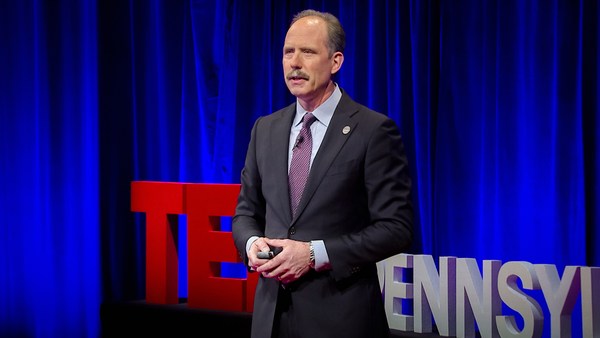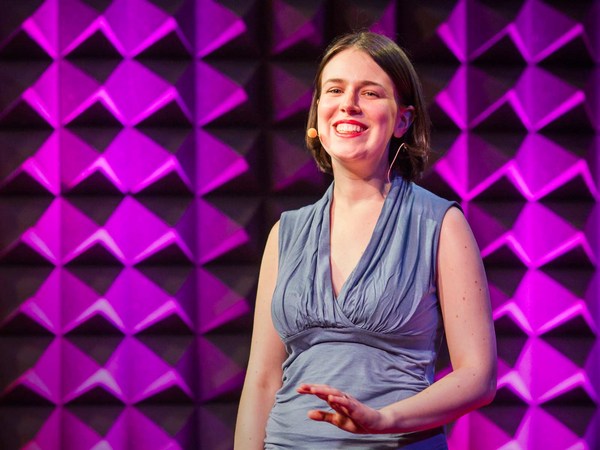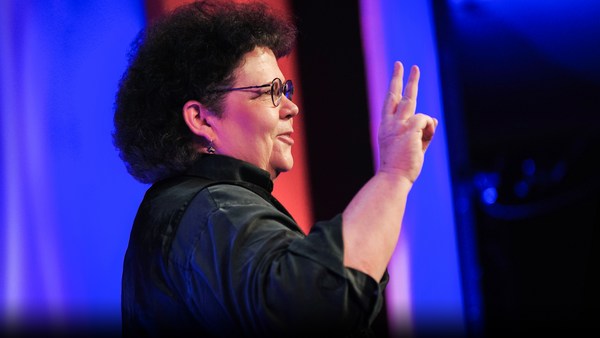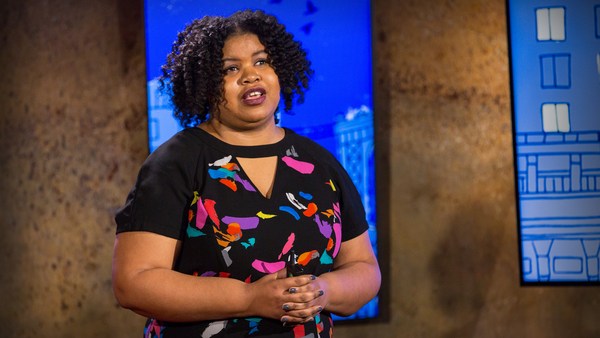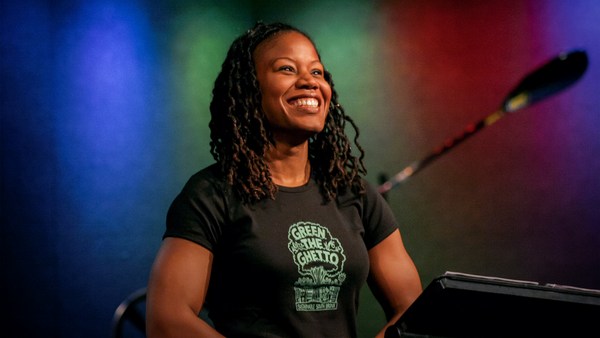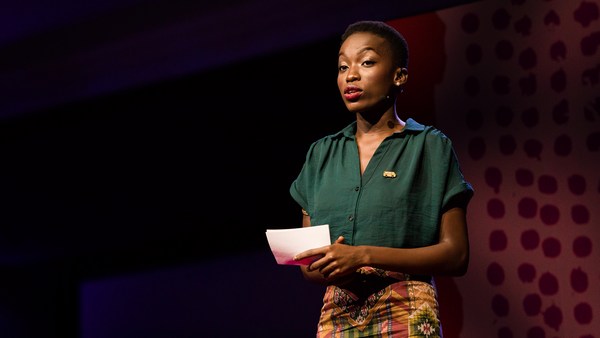What do you think would happen if you invited an individual who had been living on the street for many years, had mental health issues and was an alcoholic to move directly from the street into housing? We had heard this was being done in New York City, and it was called the Housing First model. We wondered if it would work in Utah.
So to make that determination, we decided to create a pilot, and Keta was one of the 17 chronically homeless individuals we included in this pilot. She had been on the street for 20-plus years, had mental health issues and was a severe alcoholic. The first night in her apartment, she put her belongings on the bed and slept on the floor. The next three nights, she slept out by the dumpster near the apartment building. With the aid of her case manager, she moved back into her apartment but continued to sleep on the floor for several nights. It took over two weeks for her to develop enough trust and confidence that this apartment was hers and would not be taken away from her before she would start sleeping in the bed.
Homelessness is a continuing challenge for many cities throughout our country. Our homeless population falls into three major categories: those that are temporarily homeless, about 75 percent; those that are episodically homeless, about 10 percent; and those that are chronically homeless, about 15 percent. Chronic homelessness is defined as an unaccompanied adult who has been continuously homeless for a year or more or more than four times homeless in three years that totals 365 days. This small 15 percent of the homeless population can consume 50 to 60 percent of the homeless resources available in a community. In addition, they can cost the community 20,000 to 45,000 dollars a year per person in emergency services costs, such as EMT runs, emergency room visits, as many of you will be aware, addictions, interactions with the police, jail time. Simply put, this small population costs a lot.
Based on this reality, the US government began an initiative in 2003 inviting states and cities and counties to develop a plan to end chronic homelessness in a 10-year period. The state of Utah accepted this invitation, and I was asked to lead this effort. In 2005, we approved a 10-year plan, and 10 years later, in 2015, we reported a reduction in our chronic homeless population of 91 percent statewide.
(Applause)
That's amazing. When I began this process, and we began this process, I realized that I had a limited understanding of homelessness and the factors that impacted it, and that I needed a fairly major change in my belief, in my thinking, because I had been raised with the theory of rugged individualism and "pull yourself up by the bootstraps." That philosophy came from being raised on our family's cattle ranch in a small town in the western desert of Utah. On the ranch, you learned that nothing takes priority over caring for the cattle, something always needs fixing and most importantly, hard work makes the world right. It was through that lens that I would see homeless people. When I was a teenager, our family would go into Salt Lake City, and I would see these homeless people -- "hobos" we called them then -- sitting around on the street, and I would think, "You lazy bums, get a job. Pull yourself up by the bootstraps."
After high school, I left the ranch, graduated from college, went to work for Ford Motor Company for several years, then got a job at the Church of Jesus Christ of Latter Day Saints and moved back to Salt Lake City. During that employment, I had the opportunity to be loaned out to the state's largest homeless shelter to assist them in developing and improving their financial and management capabilities.
While there, I became aware of a new approach to dealing with homeless individuals and drug addicts. It was called the harm reduction model, and it consisted of passing out clean needles and condoms. And I thought, "Now that is one stupid idea." (Laughter) "That's just going to encourage them to continue that behavior. Just tell them to stop." Several years later, I read some of the early 10-year plans to end chronic homelessness promoted by the federal government. As I read through those plans, and I thought, "Pfft! This is unrealistic. You can't end homelessness. There's too many personal choices and factors beyond our control."
My perspective changed, however, when I attended a conference in 2003, where I learned the reason behind the 10-year plan. First was this small population of the homeless group that was 15 percent and were very expensive. That made sense for a conservative state like Utah.
The second insight was learning about this Housing First, or low-barrier housing. There had been an agency in New York City that had been inviting mentally ill homeless individuals to move directly from the street into housing. And they were also allowed to continue to use drugs and to drink, just like we can in our homes. They were, in addition, offered services -- not required to use them -- by on-site case managers to assist them to adjust to their new living arrangements and to stabilize their lives. They were using the harm reduction model. And despite my initial low expectations about hearing about this model, they were having an astonishing success rate: 85 percent were still housed after 12 months.
The third insight was the importance of developing a trusting relationship. Because of the abuse these individuals have had throughout most of their lives, they hardly trust anybody, and the clean needles and condoms and low-barrier housing was a means to begin to develop a relationship of trust. Vital.
So as I flew home from this conference, sitting in the plane looking out the window, I realized that my understanding and perspective about homelessness was shifting. And as I stared out that window, this very strong feeling and thought came to me that if there's any state in the union that could end chronic homelessness, it was the state of Utah, because there's an underlying feeling and desire and willingness to collaborate to serve our neighbors, including those who are homeless. A new vision was becoming clear to me how this could be done.
Now, those of us that attended the conference said, "Yeah, these models will work in Utah." But when we got back home, there were many who said, "Nah, those aren't going to work. They won't succeed here." But there was, however, an affordable housing organization who was willing to build our first 100 units. But they had concerns about having 100 chronically homeless people in one location. To address that concern, we decided to create a pilot to test that idea while we built the first 100 units. We would use existing units scattered throughout Salt Lake City.
Then we debated: Should we select fairly high-functioning homeless persons or the most challenging ones we could find? And this is where my background on the ranch came into play. Back then, my mother cooked our meals and heated the water for our weekly bath on a wood-burning and coal-burning stove. And after chopping wood for that stove all those years, I'd learned to chop the big end of the log first, when I had the most energy. We decided to use the "big end of the log first" approach and selected 17 of the most challenging, difficult, chronically homeless people we could find, because we knew we would learn the most from them. Twenty-two months later, all 17 were still housed, including Keta, who today, 11 years later, is sleeping in her own bed and is sober.
At the end of this pilot, one of the young case managers said, "We used to debate up at our university classes which theory of case management was the most effective. Now our theory of case management is: anything necessary to keep them housed." We became believers, and built hundreds of units over those next 10 years, leading to the reduction of our statewide chronic homeless population of 91 percent.
Now, who are homeless people? Many people just want them to go away, to disappear, not disrupt our lives. Through this 10-year, 11-year process, I gained many insights of why people become homeless. One of those insights came to me a few years ago when I was visiting with our medical outreach team. These are our frontline workers that go out and visit the street homeless and the prostitutes to check on their medical health. One of the team members mentioned that eight of the prostitutes had given birth to 31 children that had become wards of the state. They also shared that some of the pimps were their husbands, and worse yet, their parents. These prostitutes, in their late teens, 20s, early 30s, were expected to earn enough money a day to support a hundred-dollar-a-day heroin addiction, their living expenses and their pimp. And with unprotected sex, they were paid more, and predictably, this would lead to a pregnancy. Children born under these circumstances many times end up becoming homeless. And it's not helpful to look at those born under those circumstances, or a parent that makes their child a drug addict at age seven, or a generation of babies born through drug addiction, and not feel some despair. For me, I believe every person is of value, no matter who you are. And it's not helpful to look at somebody with this start in life and blame them for where they are.
(Applause)
No one grows up saying, "My goal in life is to become homeless." And that's the beauty of the harm reduction and Housing First model. It recognizes the complexities of the different factors that can shape a human life. These models meet people where they are, not where we are or where we think they should be.
The pilot we did with our 17 taught us many lessons. When people have been living on the street for many years, moving back into housing requires lots of things to learn. And Donald taught us some of these transition lessons. His case manager asked him why he had not turned up the heat in his cold apartment. Donald said, "How do you do that?" He was shown how to use a thermostat. The case manager also observed that he was heating the beans in the can on the stove, like he had done over the campfires for many years. He was shown how to use pots and pans. We also learned that he had a sister that he had not seen in 25 years, who thought he was dead. She was happy to learn otherwise, and they were soon reconnected. Hundreds of people like Keta and Donald are now housed and reconnecting with their families. Also, many of our communities are incurring fewer emergency services costs.
I have learned over and over again that when you listen to somebody's story with an open heart, walk in their shoes with them, you can't help but love and care for them and want to serve them. This is why I'm committed to continuing to bring hope and support to our homeless citizens, who I consider to be my brothers and sisters.
Thank you.
(Applause)
